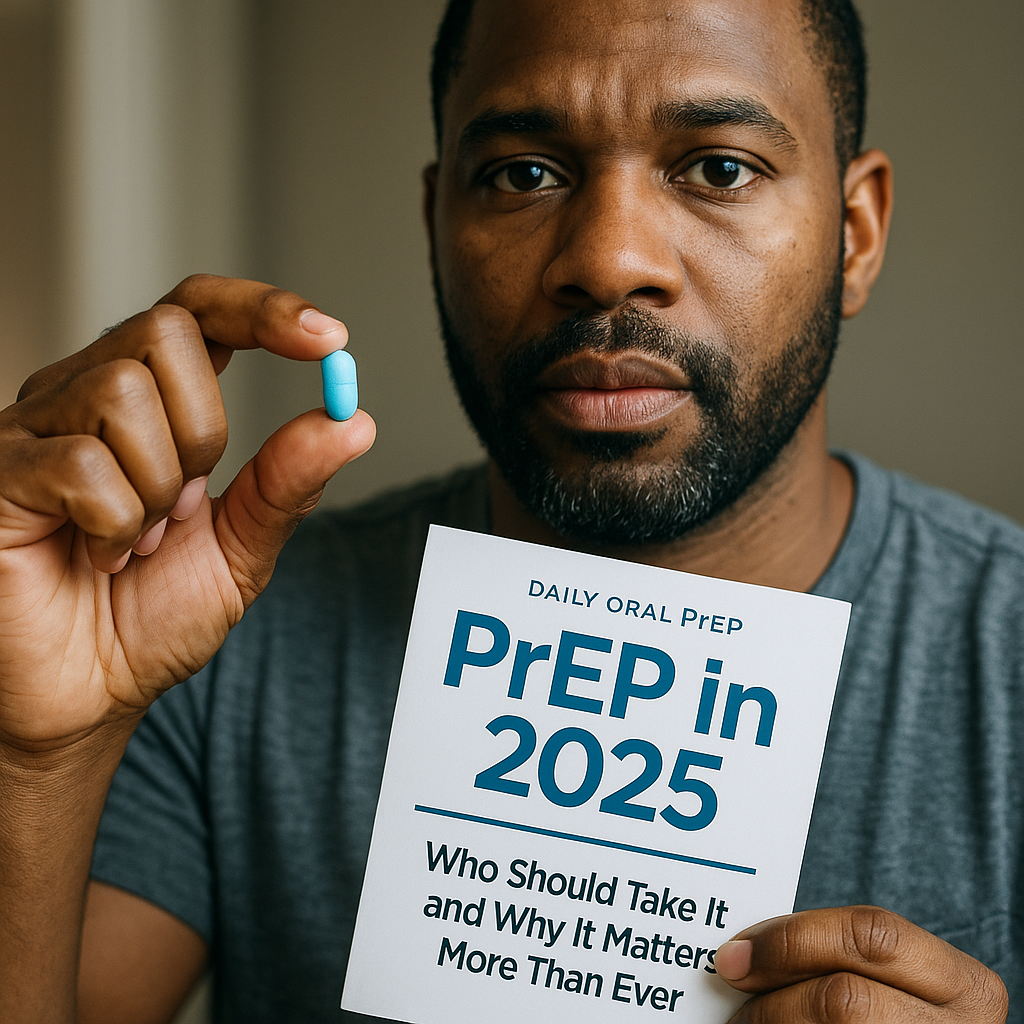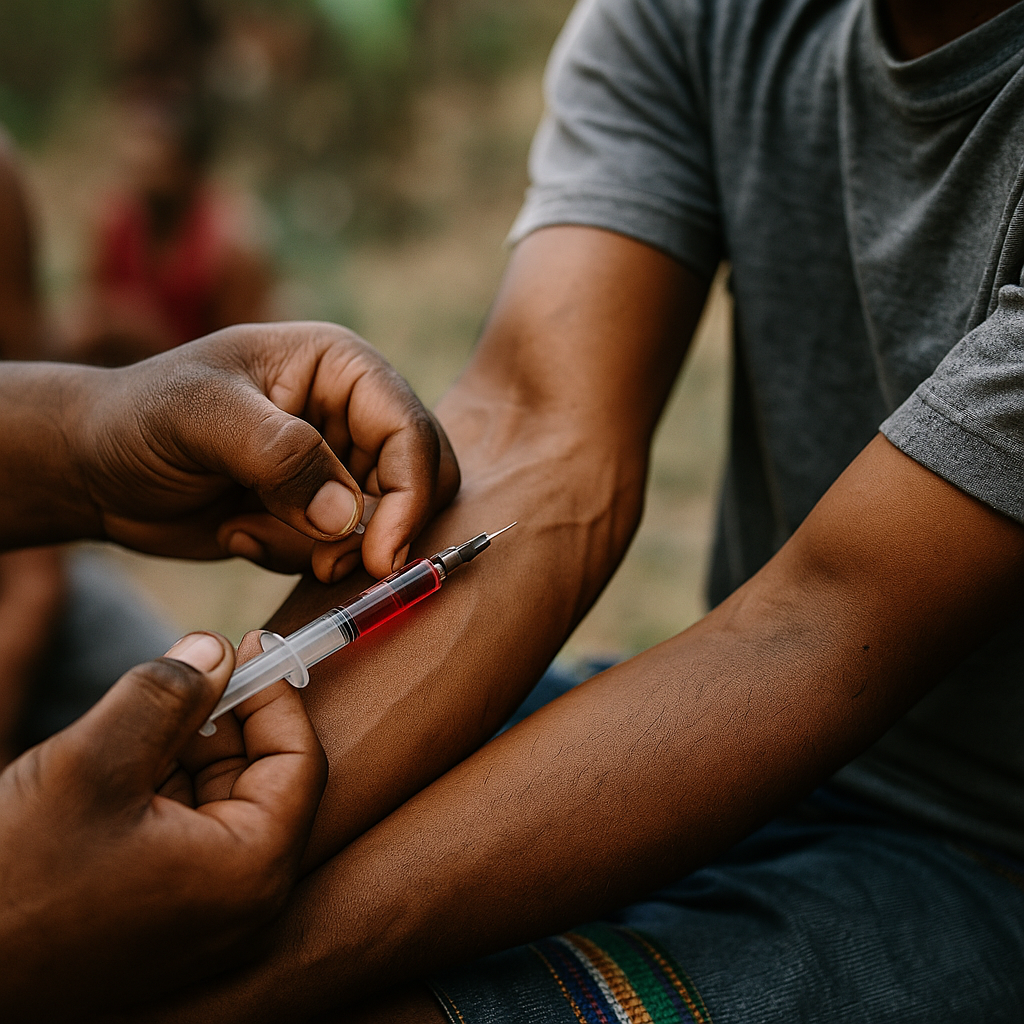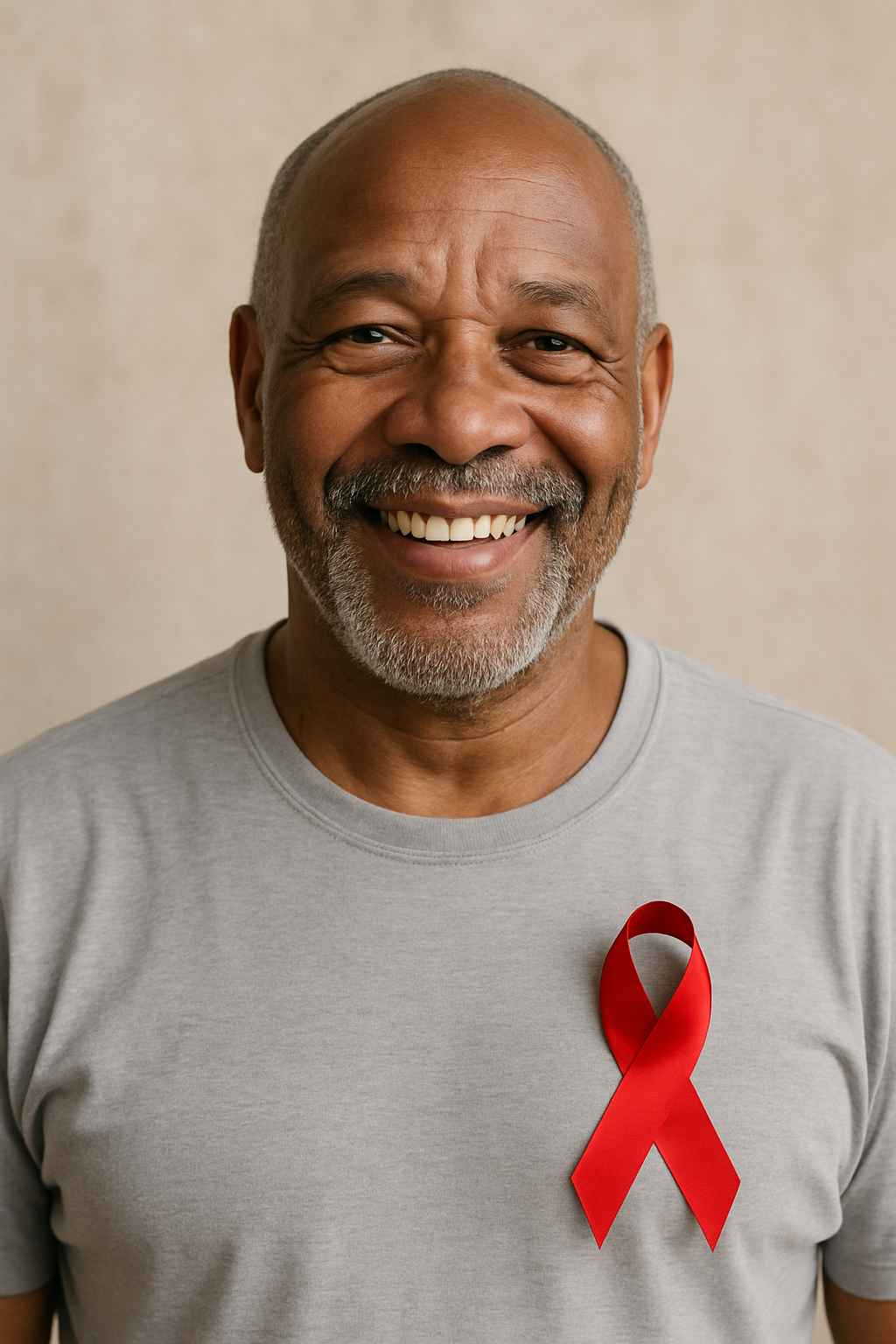Knowing the symptoms of HIV can help people get diagnosed early and start treatment promptly. In 2025, early detection remains one of the most powerful tools in controlling HIV. So what should you be looking out for, and how do symptoms change over time?
Table of Contents
- Early HIV Symptoms (Acute Stage)
- Ongoing Symptoms During Latency
- Advanced Symptoms of HIV and AIDS
- Why Symptoms Alone Aren’t Enough
- Conclusion
- FAQ
Early HIV Symptoms (Acute Stage)
Within 2 to 4 weeks of exposure, many people develop flu-like symptoms. This stage, known as acute HIV infection, is the body’s initial response to the virus. Common early signs include:
- Fever
- Chills
- Sore throat
- Night sweats
- Fatigue
- Swollen lymph nodes
- Skin rash
These symptoms can be mistaken for the flu or a seasonal illness. That’s why testing is the only way to confirm infection.
Ongoing Symptoms During Latency
After the initial stage, HIV enters a clinical latency phase. This can last for years, especially with treatment. Most people have no symptoms during this time. However, some may experience:
- Mild fatigue
- Occasional swollen lymph nodes
- Recurring mouth ulcers
Although symptoms are minimal, the virus is still active. Regular monitoring and antiretroviral therapy (ART) are essential during this stage.
Advanced Symptoms of HIV and AIDS
If HIV isn’t treated, it can progress to AIDS. This final stage is marked by a severely weakened immune system and serious infections. Symptoms may include:
- Rapid weight loss
- Chronic diarrhea
- Persistent fever
- Extreme fatigue
- Recurring respiratory infections
- Neurological issues like memory loss
At this point, immediate medical attention is critical to managing health and preventing life-threatening complications.
Why Symptoms Alone Aren’t Enough
HIV symptoms can mimic many other illnesses, making self-diagnosis unreliable. You may feel fine for years even if infected. That’s why routine testing is crucial, especially if you’ve had unprotected sex or shared needles.
Want to be sure? Find HIV Lab Tests on Healthcare.pro and take control of your health.
Conclusion
Understanding HIV symptoms helps break down stigma and encourage timely testing. Whether it’s a fever after a risky encounter or long-term fatigue, being informed could save your life or someone else’s. In 2025, testing is easier, faster, and more private than ever.
FAQ
What are the first signs of HIV?
Fever, sore throat, fatigue, and rash typically appear 2–4 weeks after exposure.
Can you have HIV and feel normal?
Yes. Many people show no symptoms for years, especially during the latency stage.
Do symptoms mean I definitely have HIV?
No. Symptoms are similar to other illnesses. Only testing can confirm infection.
How often should I get tested?
At least once a year, or more often if you’re at higher risk.
Where can I get tested?
Healthcare.pro offers fast, confidential testing nationwide.
This content is not medical advice. For any health issues, always consult a healthcare professional. In an emergency, call 911 or your local emergency services.




